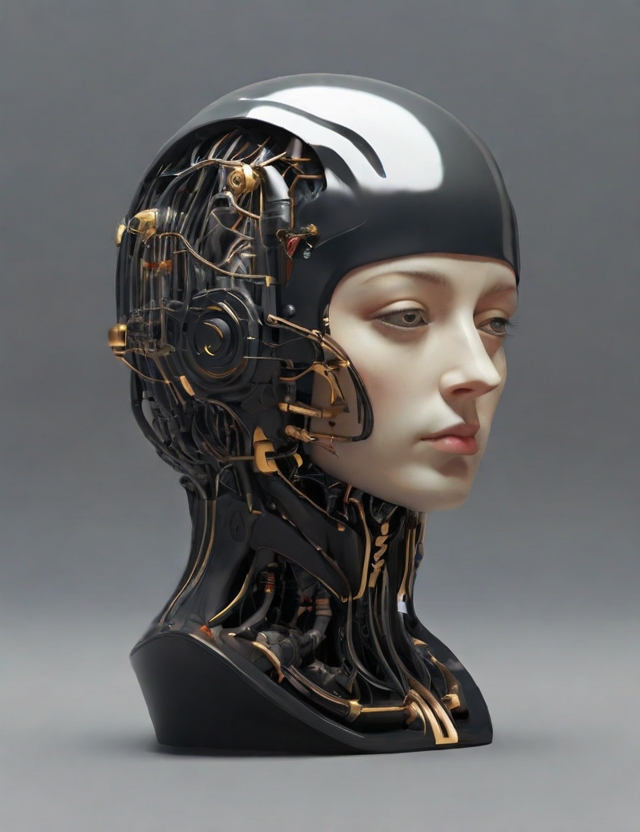Researchers at the Drexel University College of Engineering have unveiled a groundbreaking advancement in structural safety inspections, utilizing autonomous robots integrated with state-of-the-art machine learning technology.
This innovative approach promises to enhance the efficiency and accuracy of structural assessments, potentially revolutionizing the maintenance of buildings and infrastructure.
Drexel University: Advancing structural monitoring technology
The recent publication of their research in the prestigious Elsevier journal Automation in Construction highlights the development of a novel multi-scale monitoring system. This system harnesses the power of deep-learning algorithms to identify structural defects such as cracks with unparalleled precision.
Subsequently, LiDAR technology is employed to generate detailed three-dimensional images, facilitating comprehensive documentation for inspectors.
Addressing the challenge of aging infrastructure
The significance of this advancement is underscored by the pressing need to maintain the integrity of aging infrastructure. With approximately two-thirds of existing buildings expected to remain in use by 2050, according to projections by Gensler, the demand for effective inspection methodologies has never been greater. By enabling early detection of structural issues, this technology promises to extend the lifespan of buildings and enhance public safety.
Empowering autonomous inspection
One of the key advantages of this system is its ability to augment the capabilities of inspectors while minimizing reliance on manual labor. By deploying autonomous robots equipped with advanced sensing technologies, the burden of inspections is significantly reduced, allowing human resources to be allocated more efficiently. Moreover, the integration of machine learning algorithms mitigates the risk of human errors, ensuring a more reliable assessment process.
Future prospects and collaborative efforts
Looking ahead, the researchers at Drexel University envision further enhancements to their system, including integration with unmanned ground vehicles for expanded functionality. This will enable the autonomous detection, analysis, and monitoring of cracks across various types of infrastructure, paving the way for a more comprehensive approach to structural maintenance. Real-world testing and collaboration with industry and regulatory bodies will be essential for refining the technology and ensuring its practical application.





